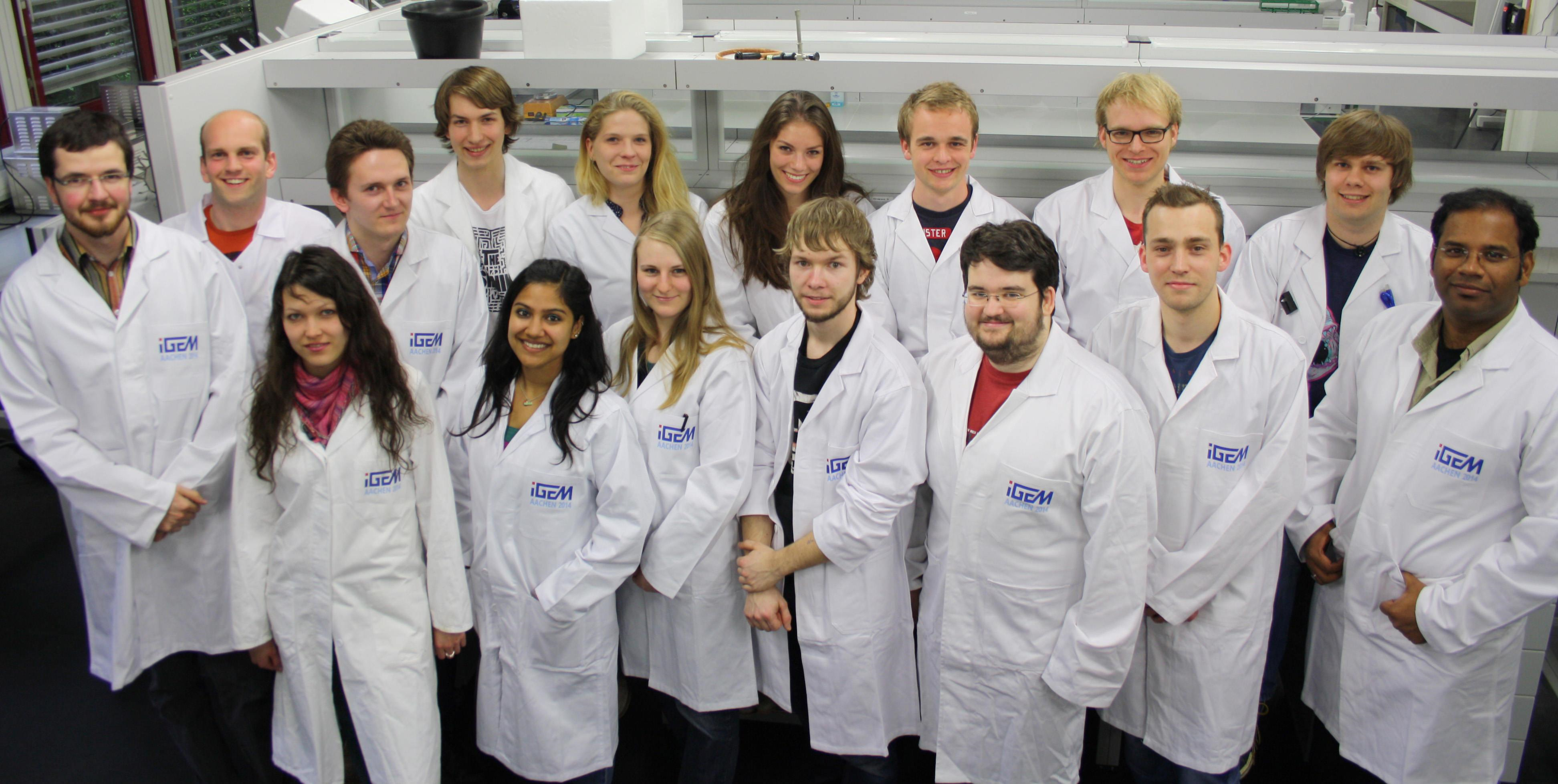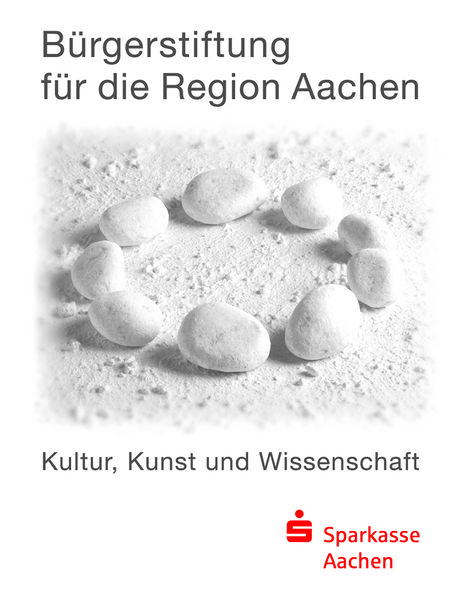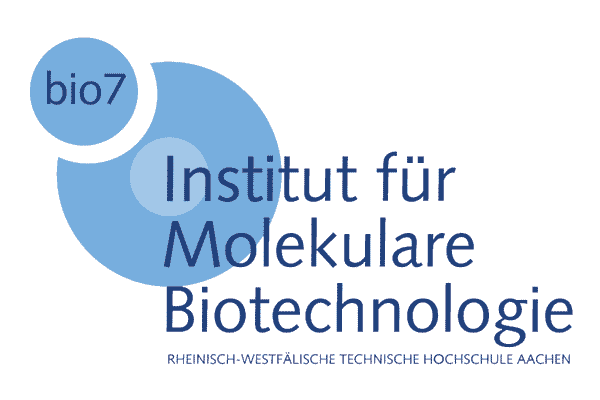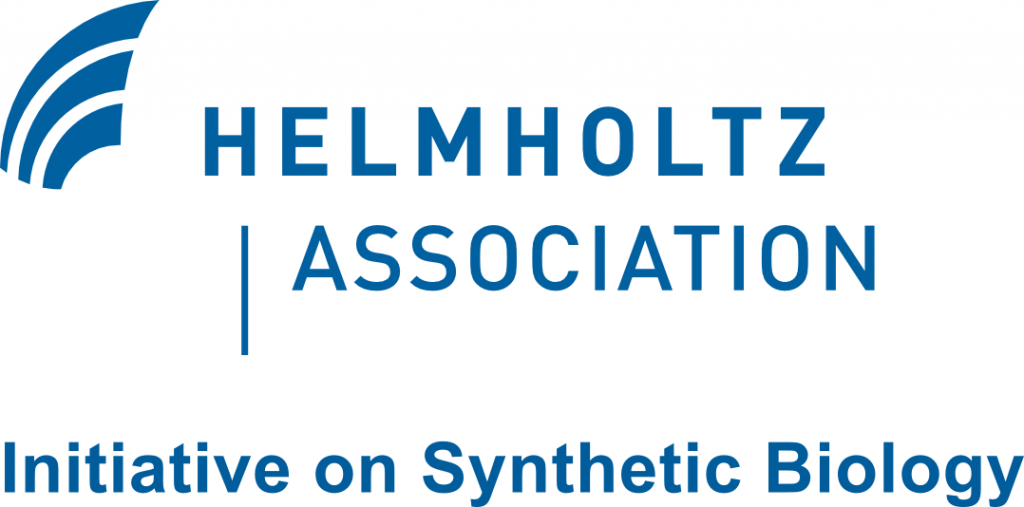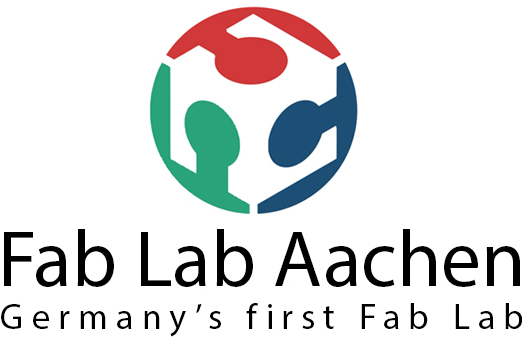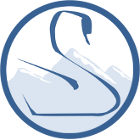Team:Aachen
From 2014.igem.org
| Line 103: | Line 103: | ||
<li style="width:950px;margin-left: 0px;margin-right: 0px;margin-bottom: 0px;margin-top: 0px;"> | <li style="width:950px;margin-left: 0px;margin-right: 0px;margin-bottom: 0px;margin-top: 0px;"> | ||
<a href="https://2014.igem.org/Team:Aachen/Attributions#members" style="color:black"> | <a href="https://2014.igem.org/Team:Aachen/Attributions#members" style="color:black"> | ||
| - | <div class="team-item team-info" style="width:950px;height: | + | <div class="team-item team-info" style="width:950px;height:481px;" > |
<div class="menukachel">Project</div> | <div class="menukachel">Project</div> | ||
<!-- <br/><br/> | <!-- <br/><br/> | ||
| Line 110: | Line 110: | ||
click for more information --> | click for more information --> | ||
</div> | </div> | ||
| - | <div class="team-item team-img" style="background: url(https://static.igem.org/mediawiki/2014/e/e8/Team_Aachen_Teamfoto.png); norepeat scroll 0% 0% transparent; background-size:100%;width:950px;height: | + | <div class="team-item team-img" style="background: url(https://static.igem.org/mediawiki/2014/e/e8/Team_Aachen_Teamfoto.png); norepeat scroll 0% 0% transparent; background-size:100%;width:950px;height:481x;"> </div></a> |
</li> | </li> | ||
</ul> | </ul> | ||
Revision as of 21:42, 17 October 2014
|
|
 "
"
